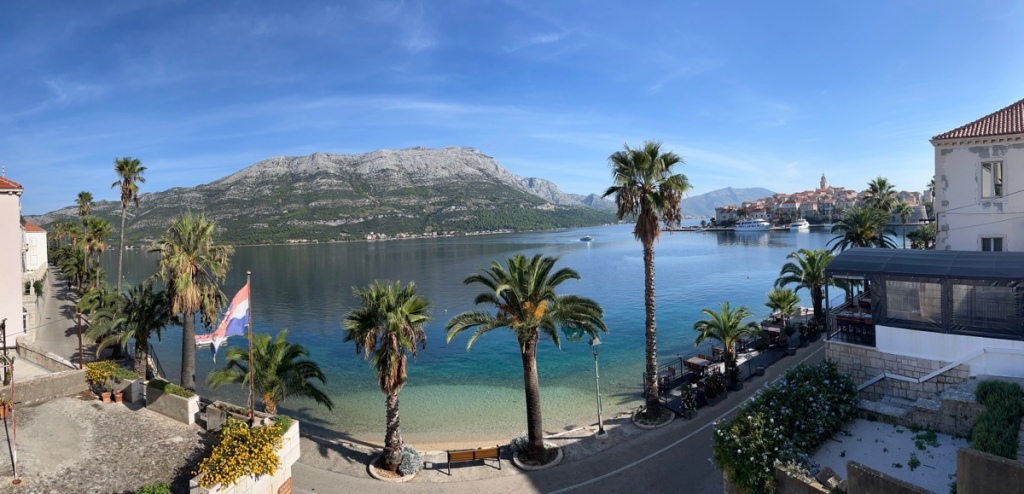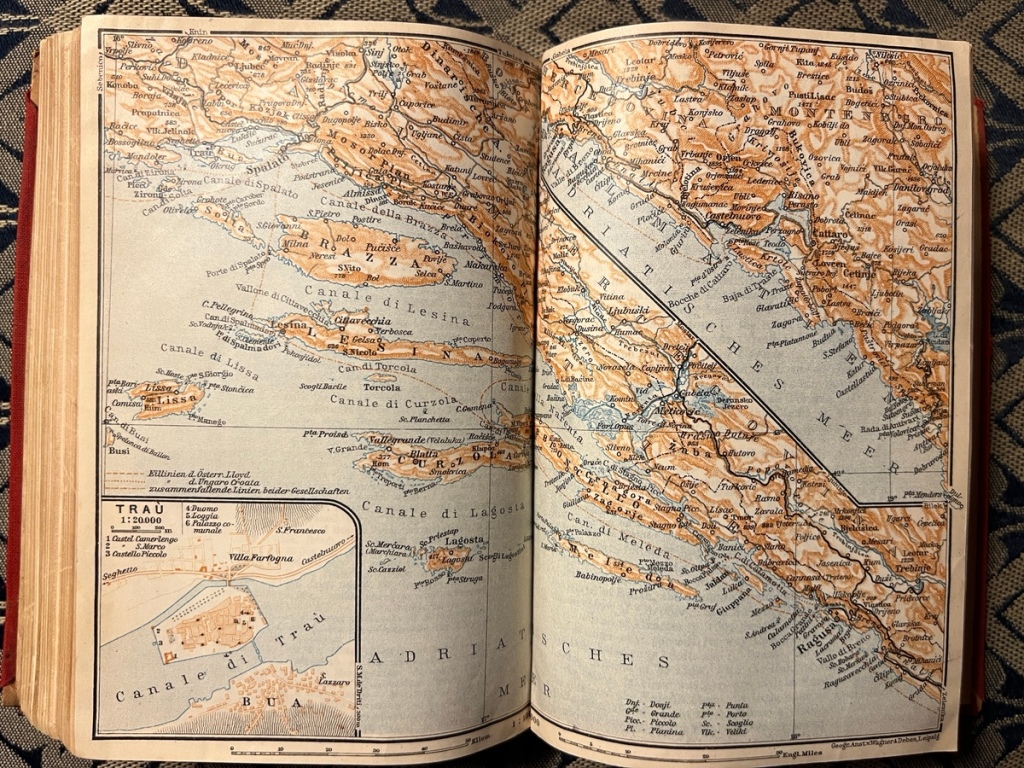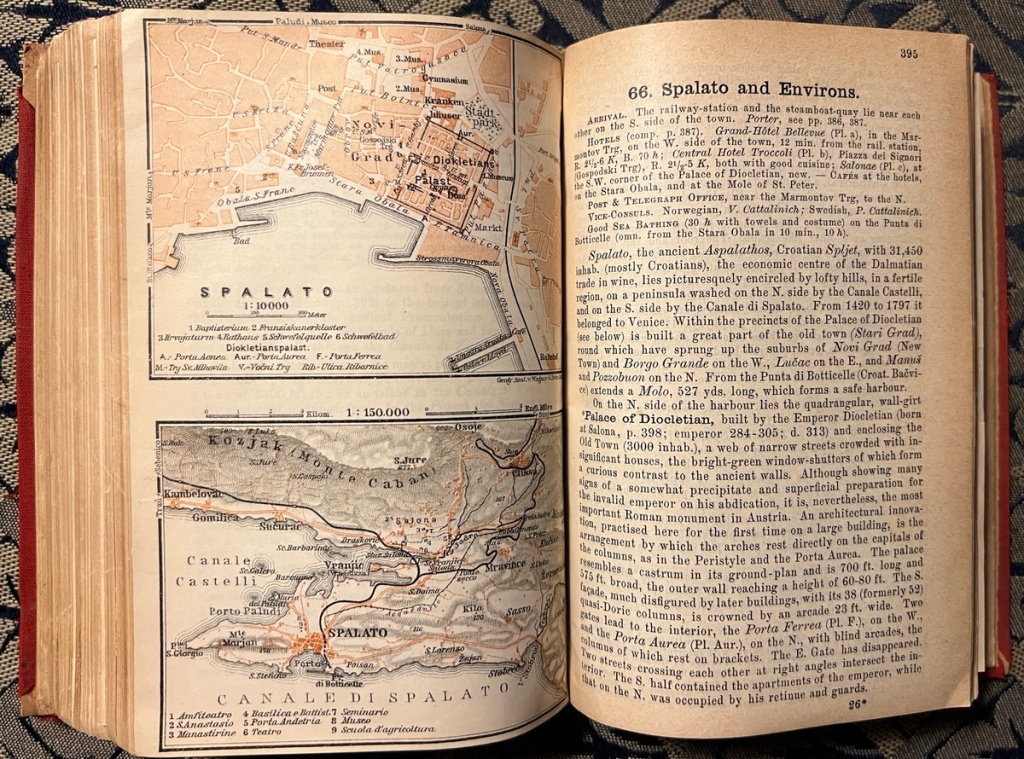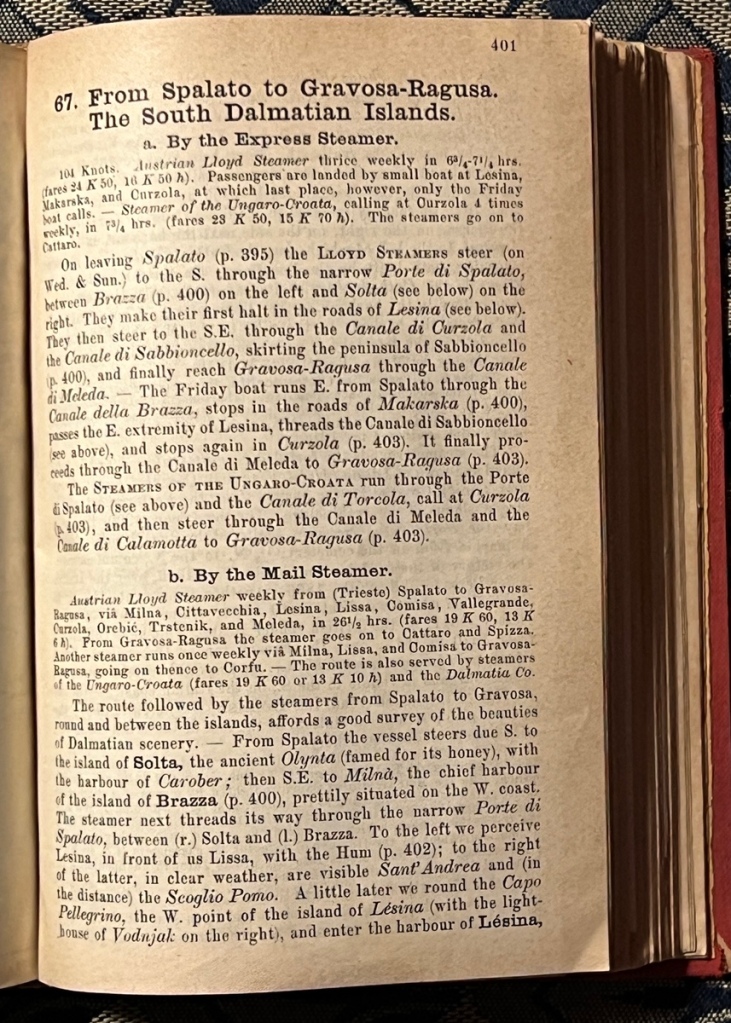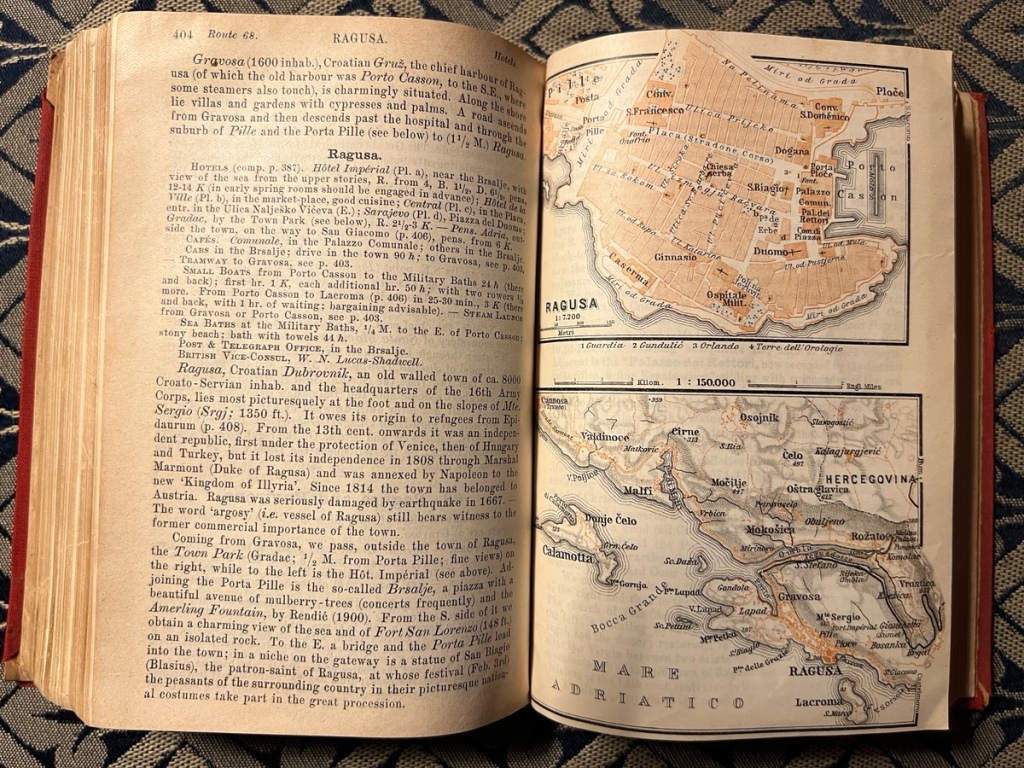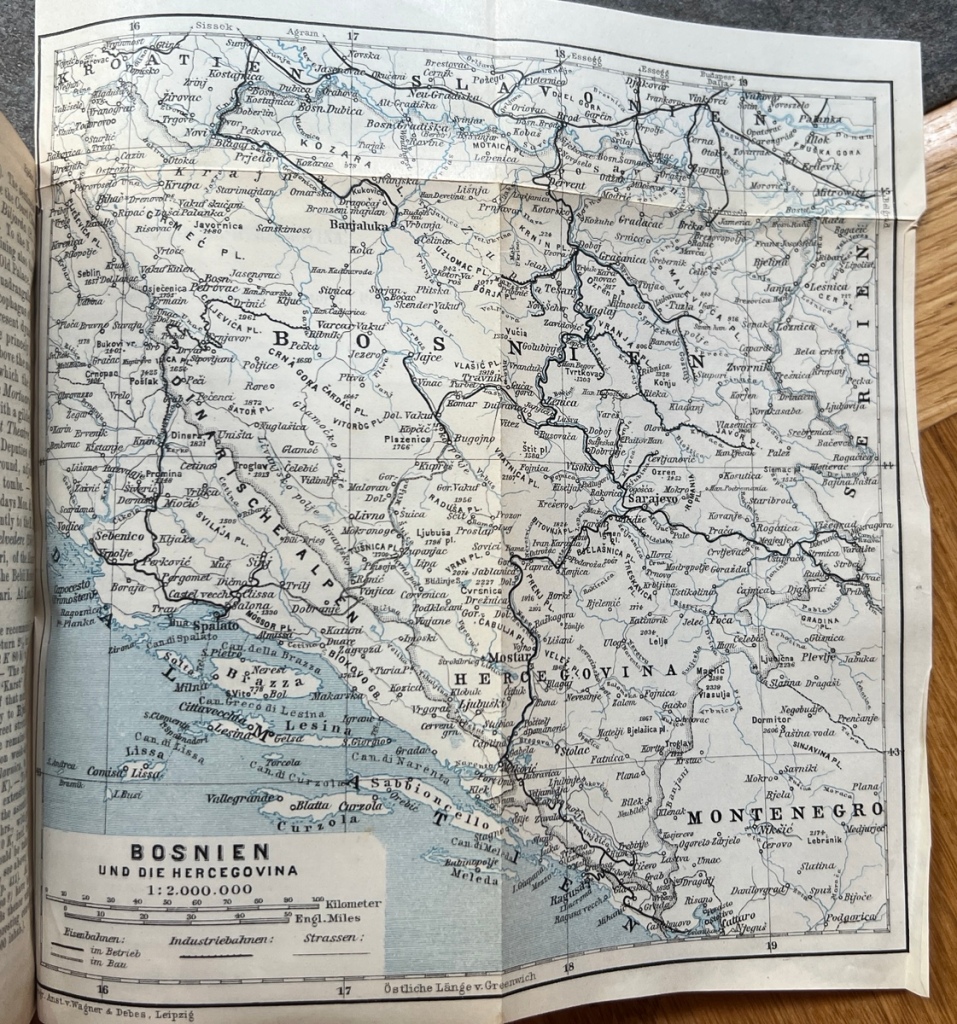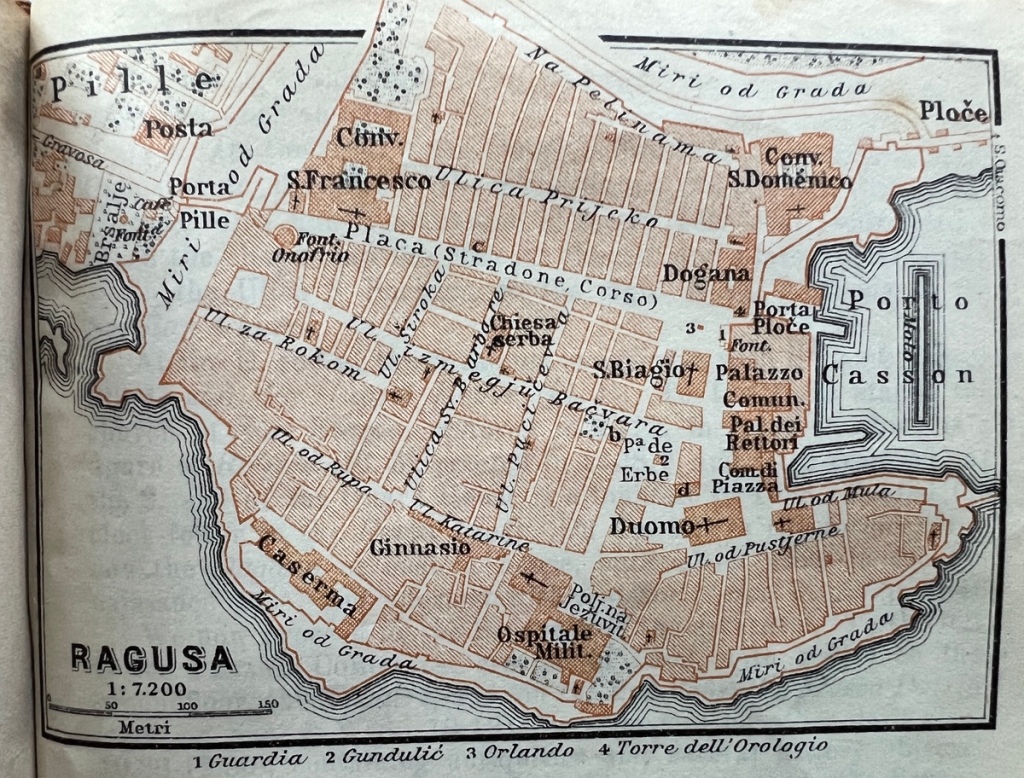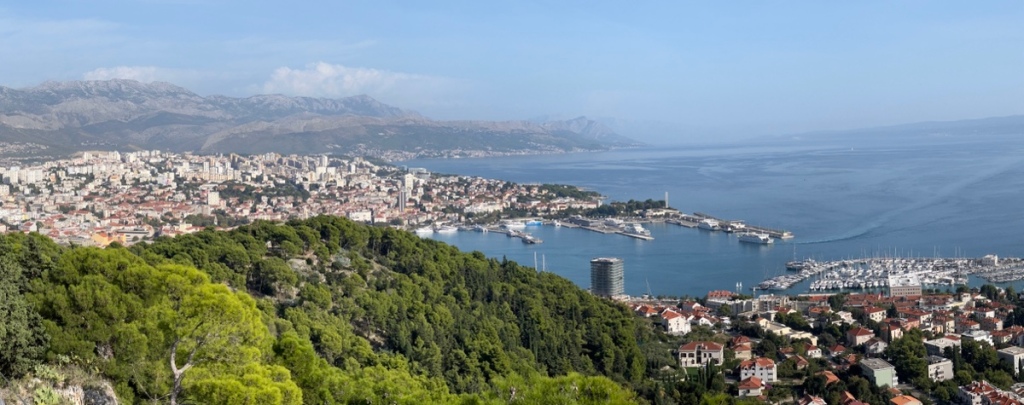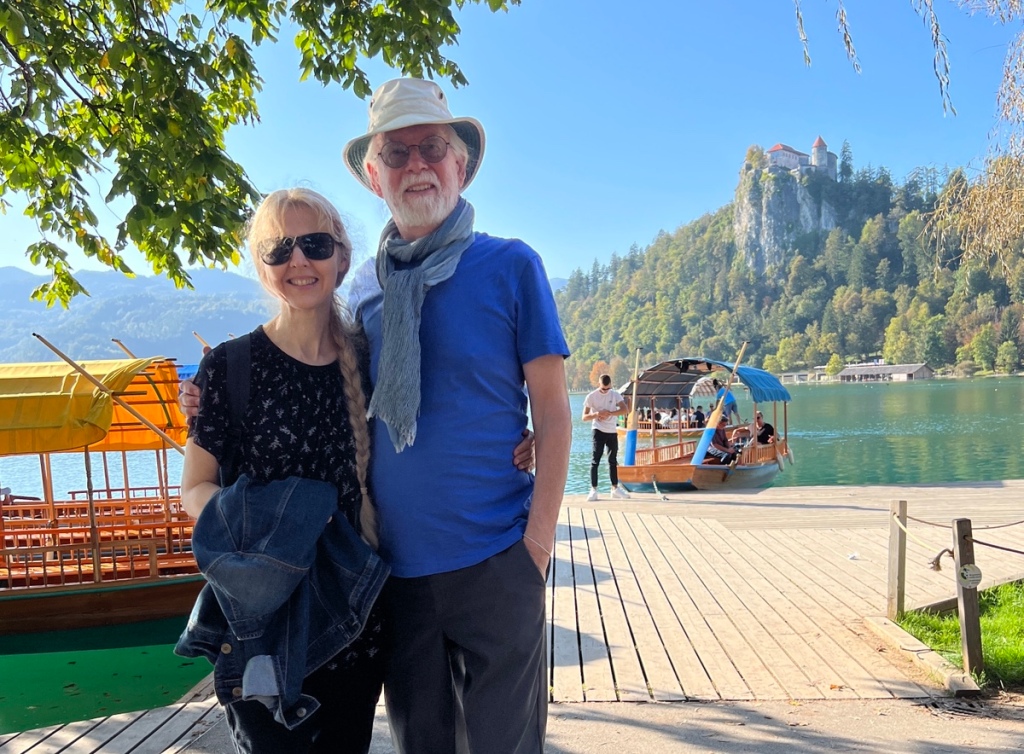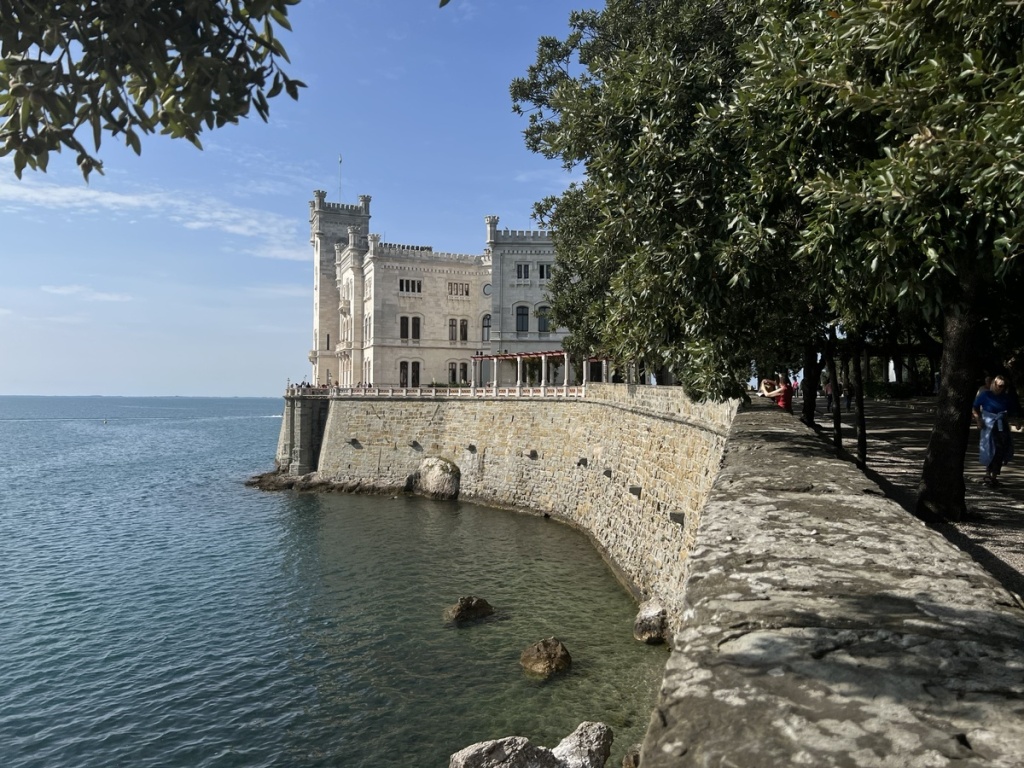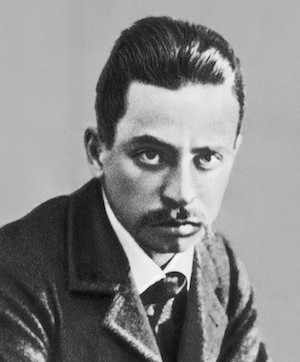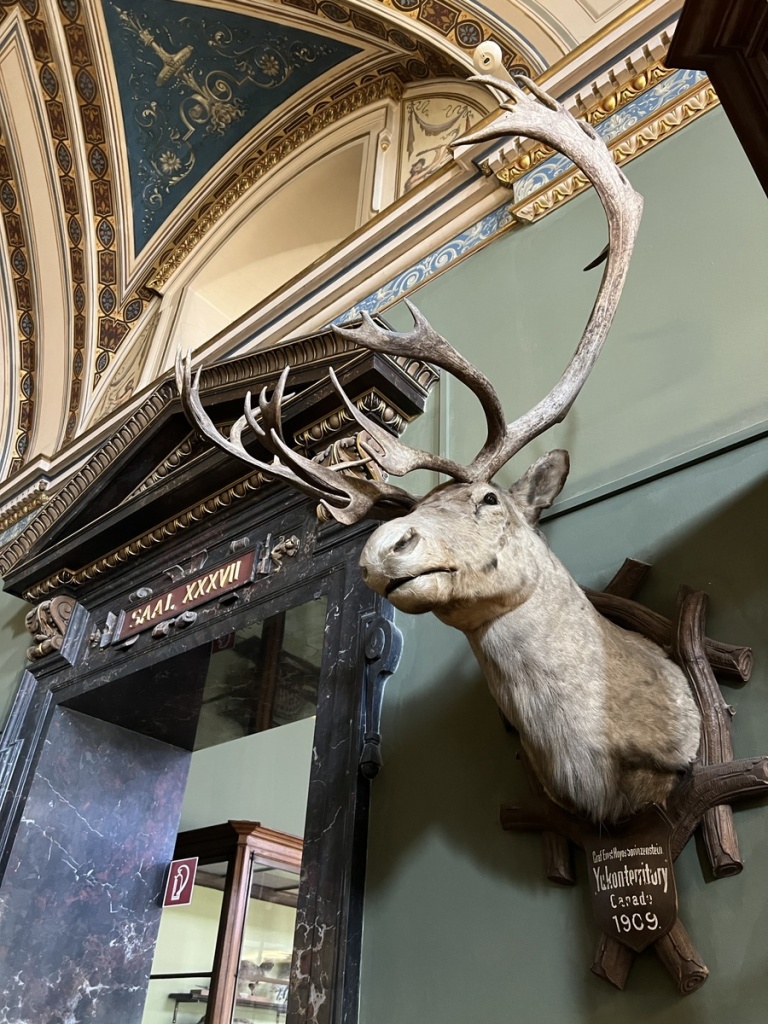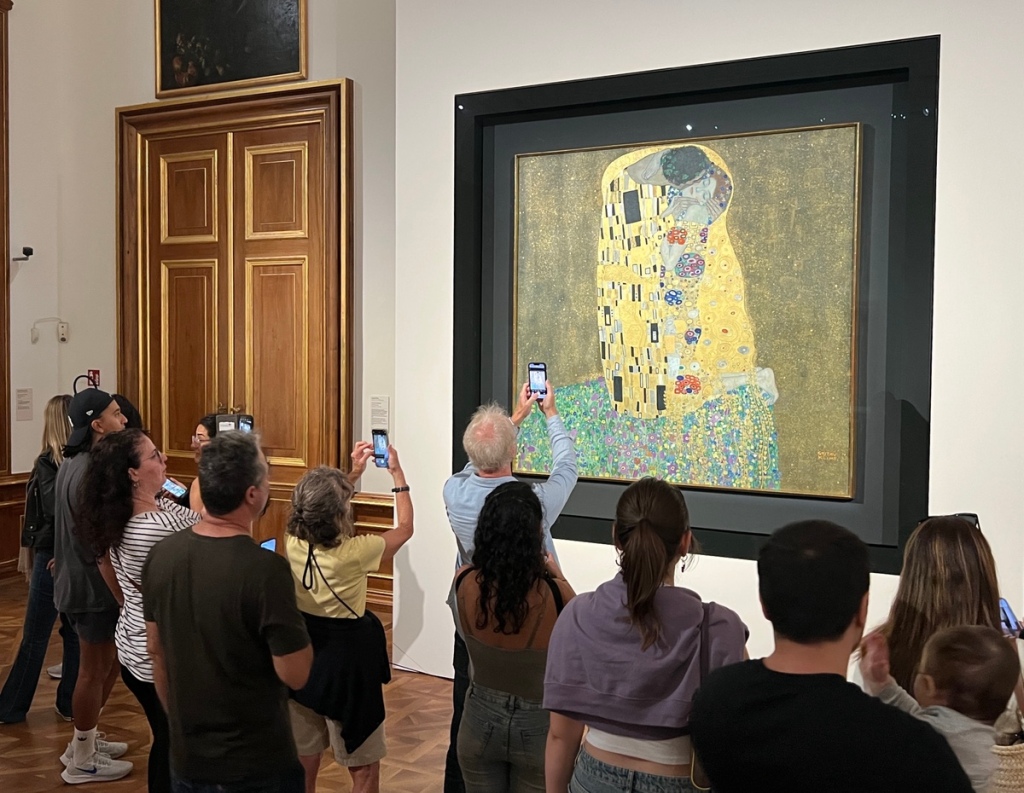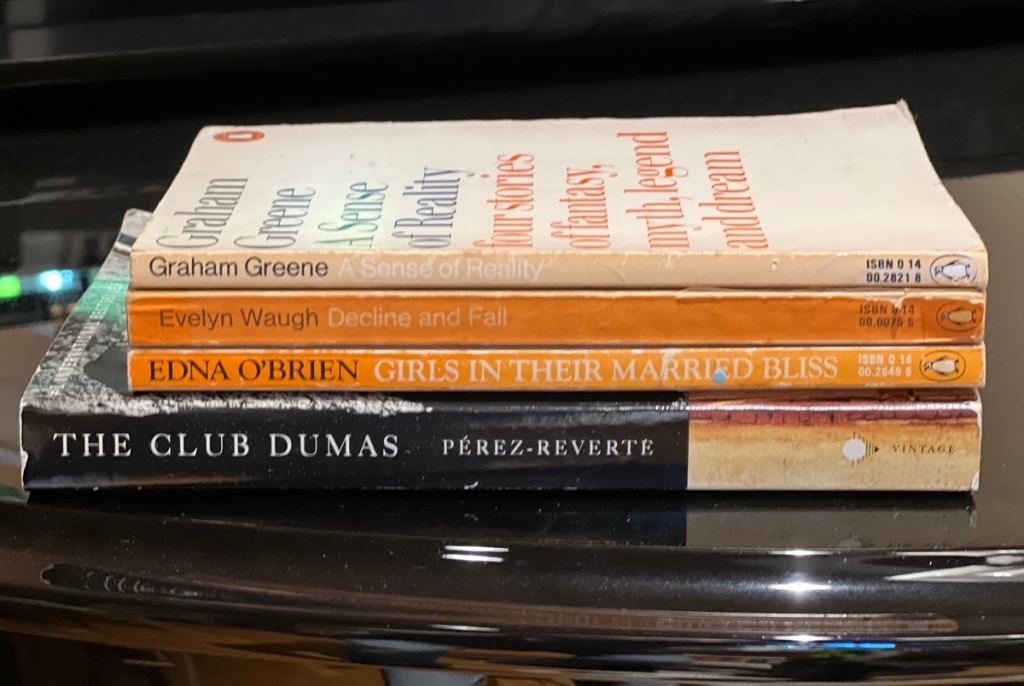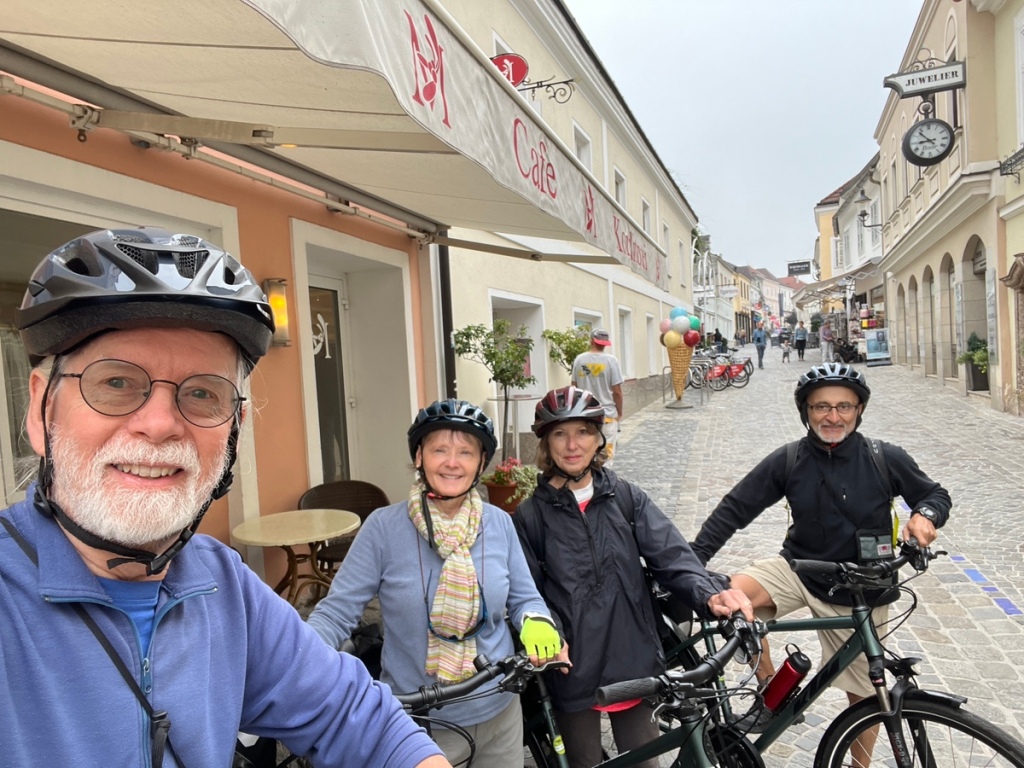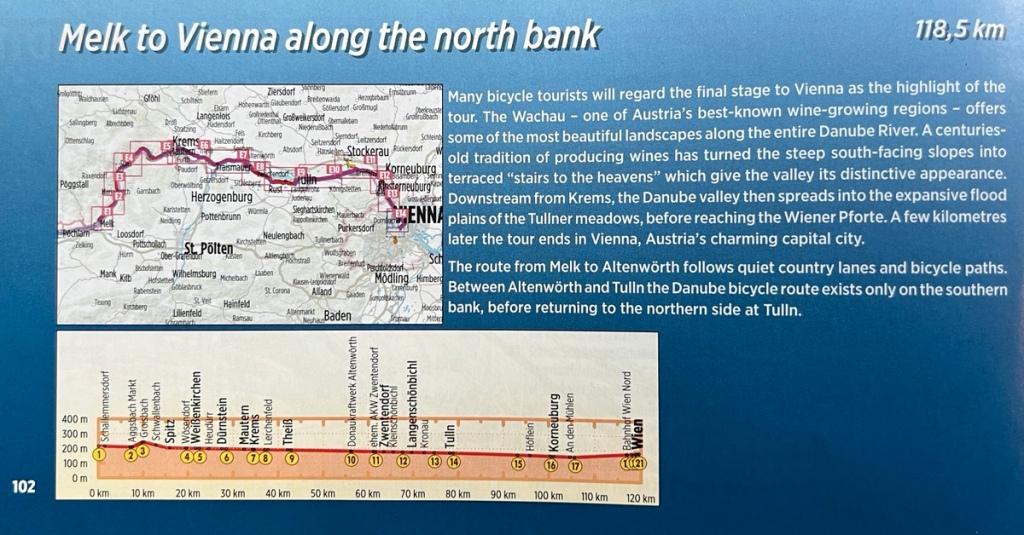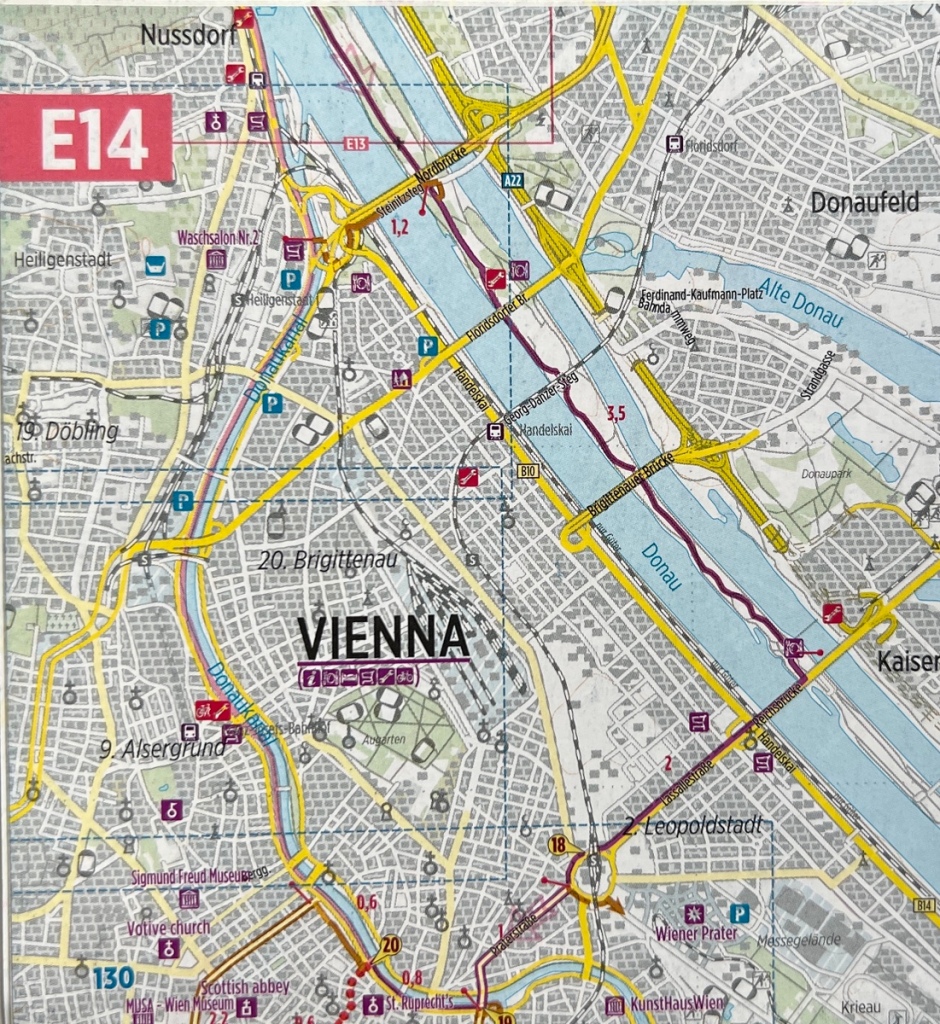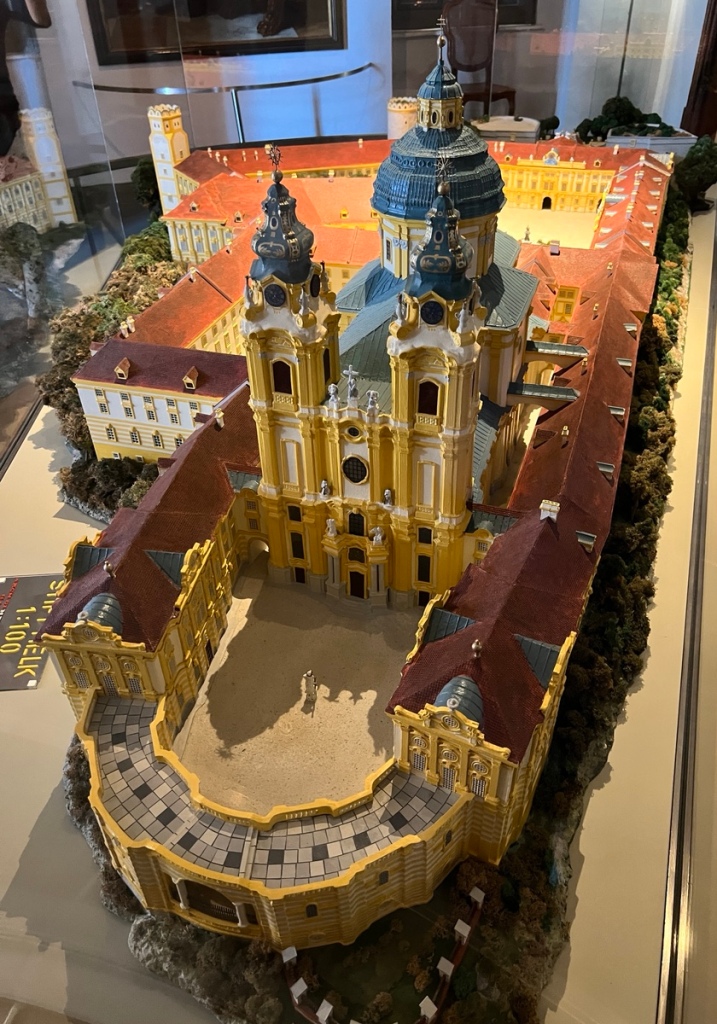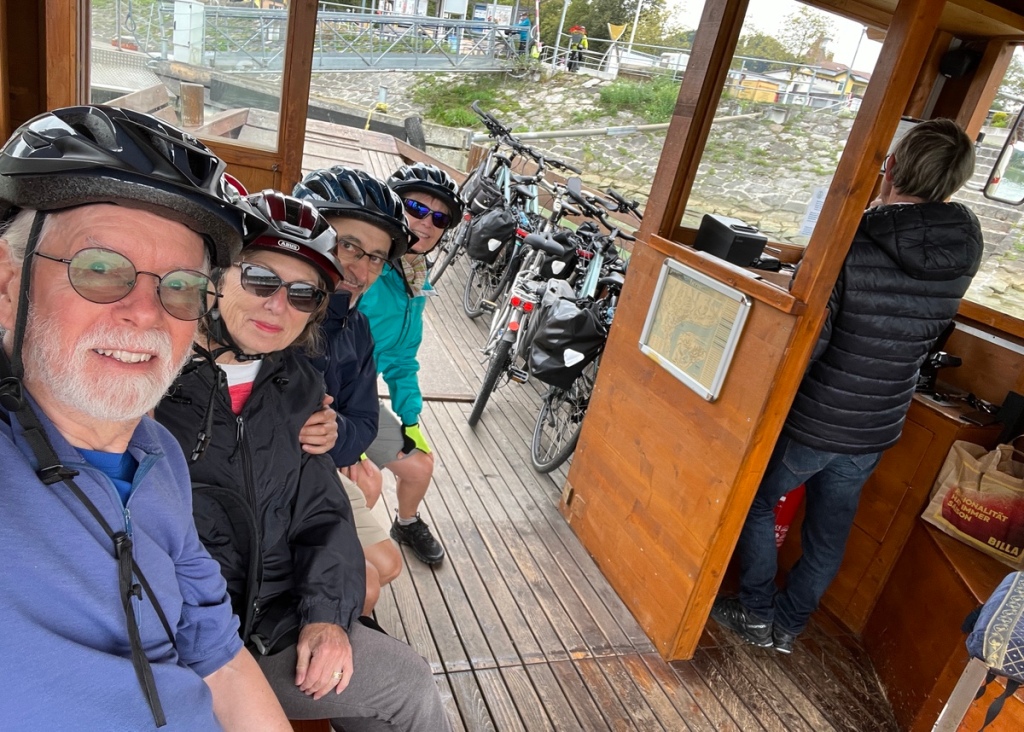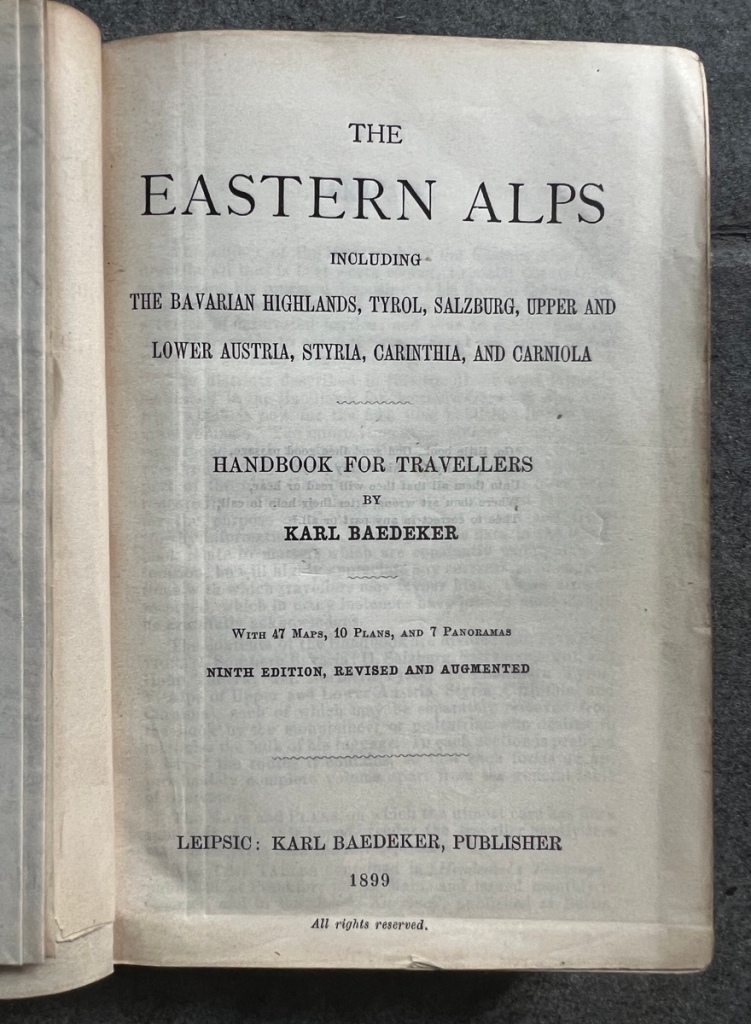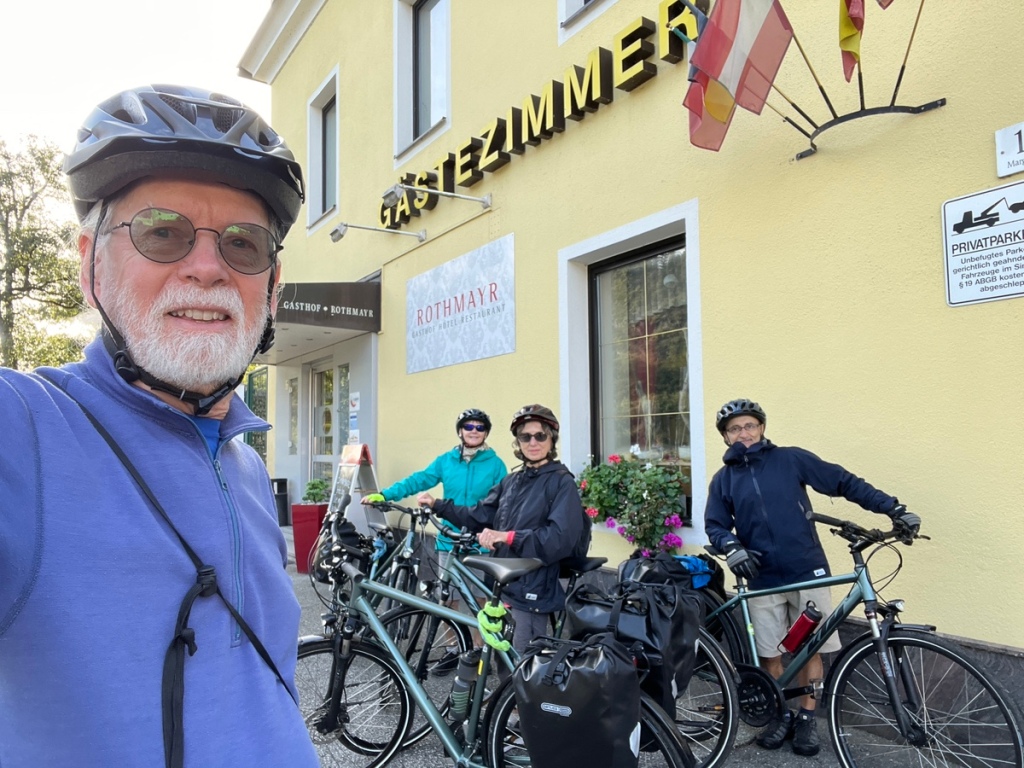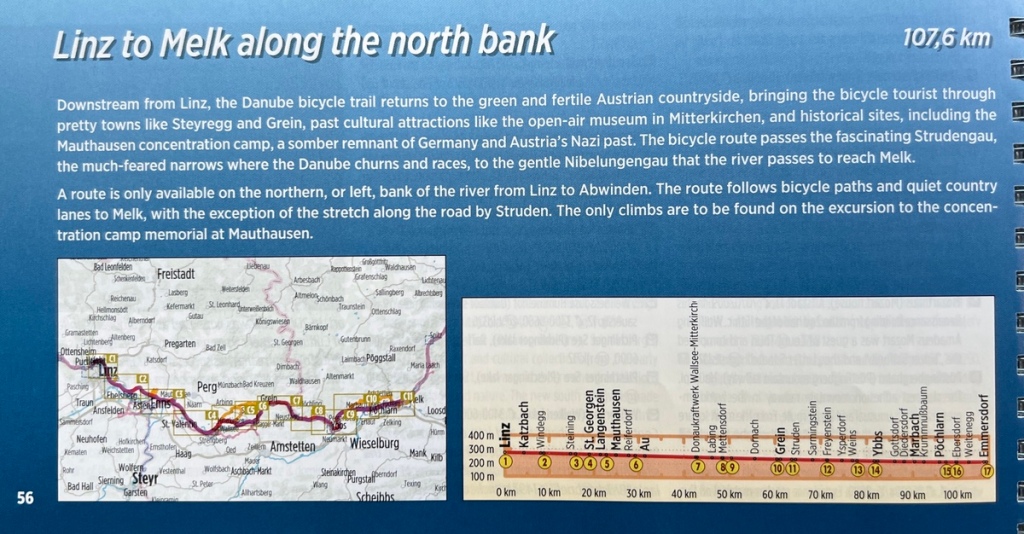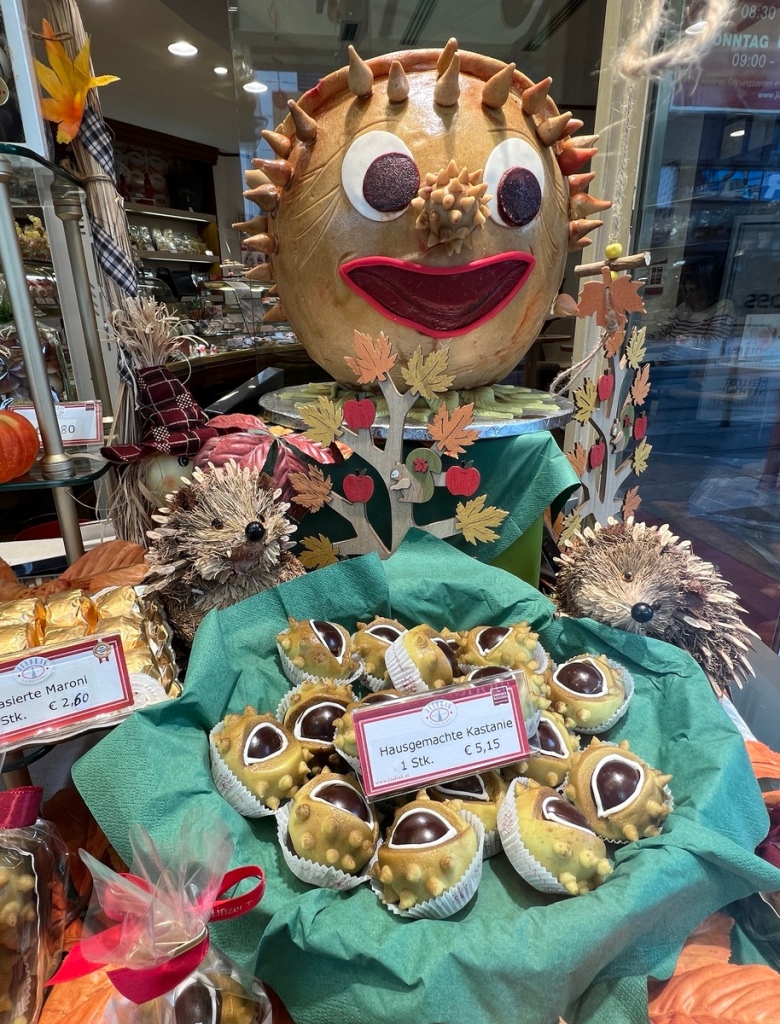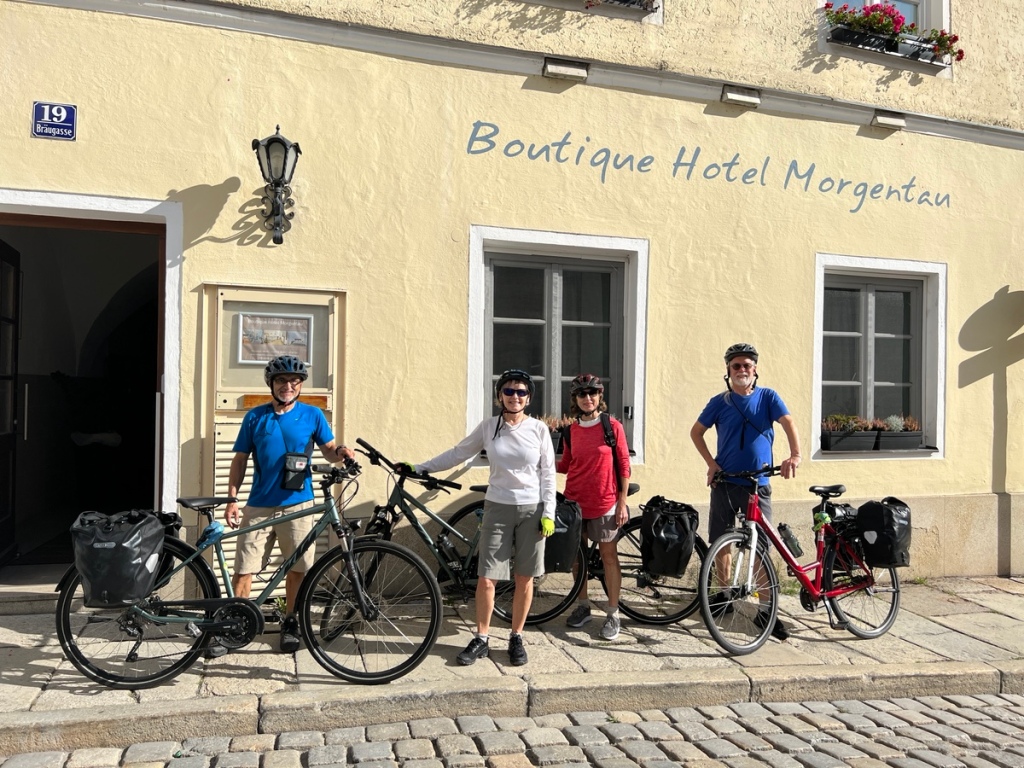
We’ve been slowly working our way down the map as our invasion of the Austro-Hungarian Empire comes to an end, trying to hold on to warmer weather even as the sun continues its annual migration to Africa, and the days shorten.
At times we’ve felt a bit like migrants too; other than Vienna, we’ve not spent more than three nights in the same place. Thirty nights; twelve different accommodations. We’ve travelled by plane, train, bus, car, bicycle, car ferry and catamaran, plus a lot of walking. Last night there was a thunderstorm, and I could hear raindrops falling on the awning below our window. So we’re starting to think about home again.
Continue reading “A few days in King’s Landing (a.k.a. Dubrovnik)”